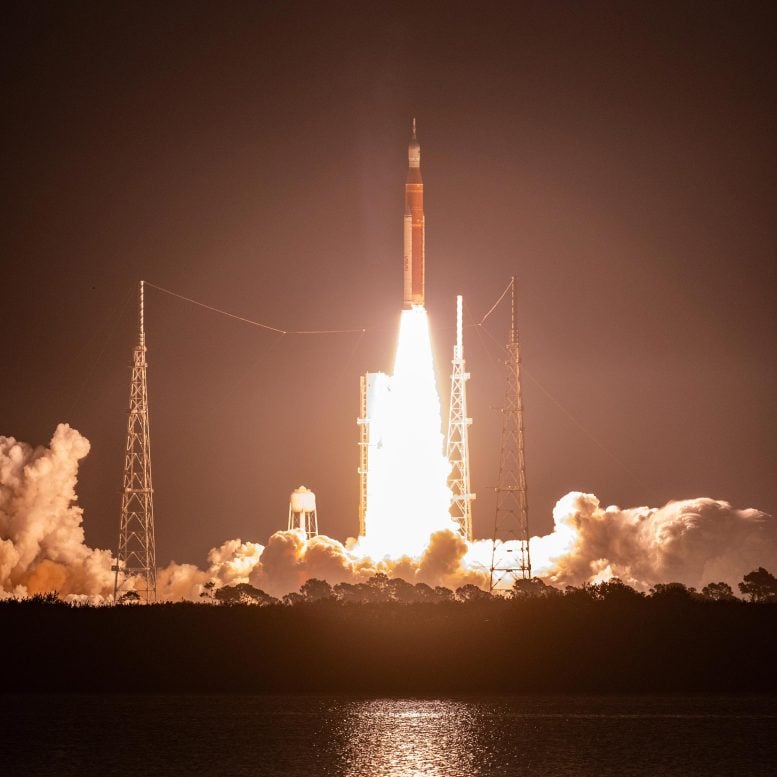
NASA’s Space Launch System rocket carrying the Orion spacecraft launches on the Artemis I flight test, Wednesday, November 16, 2022, from Launch Complex 39B at NASA’s Kennedy Space Center in Florida. NASA’s Artemis I mission is the first integrated flight test of the agency’s deep space exploration systems: the Orion spacecraft, Space Launch System (SLS) rocket, and ground systems. SLS and Orion launched at 1:47 a.m. EST, from Launch Pad 39B at the Kennedy Space Center. Credit: NASA/Keegan Barber
Following the successful Artemis I liftoff of the world’s most powerful rocket from NASA’s Kennedy Space Center in Florida, teams carefully assessed the mobile launcher and infrastructure at Launch Pad 39B. Engineers have determined that the overall mobile launcher and pad systems all performed as designed during launch and remain structurally sound.
The ground systems, umbilical retracts on the mobile launcher, software, and ignition overpressure and sound suppression system from the water deluge system, which sprays water to dampen the acoustic shock and protect the deck of the mobile launcher from the flames of the engines, all supported the launch as expected throughout the countdown and as the Space Launch System (SLS) rocket imparted 8.8 million pounds of thrust onto the structure while leaving Earth.
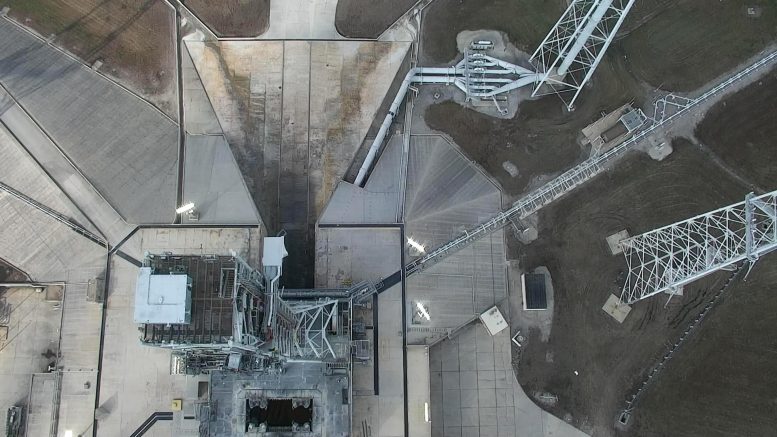
Teams at NASA’s Kennedy Space Center in Florida carefully assessed the mobile launcher and infrastructure at Launch Pad 39B following the Artemis I launch. It was determined the overall mobile launcher and pad systems performed as designed during launch and are structurally sound. Credit: NASA
“The exploration ground systems exceeded our expectation for its overall performance,” Artemis mission manager, Mike Sarafin said during a November 21 news briefing following Orion’s closest lunar flyby. “We did have a little bit of damage on the mobile launcher, but it will be ready to support Artemis II and we had accounted for that previously in our pre-plan and our budget for the time between Artemis I and II.”
Drone footage of launch pad 39B and the mobile launcher after the successful launch of the Artemis I mission on November 16, 2022. Engineers determined the overall mobile launcher and pad systems all performed as designed during launch and are structurally sound. Credit: NASA’s Kennedy Space Center
Beginning the day of launch, Wednesday, November 16, and concluding Friday, November 18, the assessment enabled teams to inspect areas on the mobile launcher and identify specific damage and debris around the pad. Engineers identified minor damage to umbilicals and the crew access arm on the mobile launcher. Damage to the pneumatic lines associated with gaseous nitrogen and gaseous helium caused the oxygen sensors on the pad to show there were low oxygen readings due to leaks, which teams have since isolated.
Damage to the elevators is the most significant issue. This required the team to use the stairs for inspections on the 355-foot-tall tower structure, which has 662 steps, and extended the time required for the inspection. The elevators will remain out of service for several months to complete repairs.
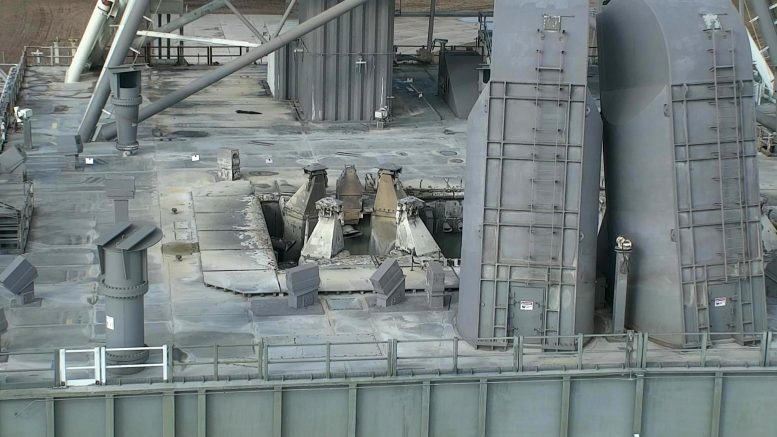
The ground systems, umbilical retracts on the mobile launcher, software, and ignition over pressure and sound suppression system from the water deluge system at Kennedy’s Pad 39B all supported the launch as expected throughout countdown and launch of Artemis I. Credit: NASA
The solid rocket booster’s throat plug material was located during debris assessments around the pad. This is purposefully expelled at liftoff and commonly found at the pad post-launch. Other debris found at the pad included pieces of the caulk-like material from Orion. However, teams are unsure whether that was detached during the launch or during Hurricane Nicole. Overall, the mobile launcher and pad post-launch inspections have yielded findings that are consistent with expectations and similar to those of space shuttle launches.
Teams are in the process of coordinating and scheduling repairs to be completed before the mobile launcher returns to the Vehicle Assembly Building in several weeks and later is taken to a parking location at Kennedy where it will undergo emergency egress modifications and testing to prepare for the Artemis II crewed mission.



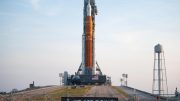
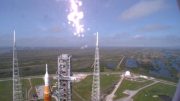
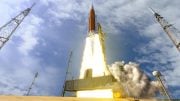
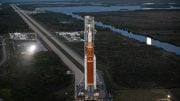
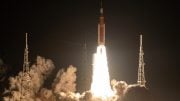
very cool
benis